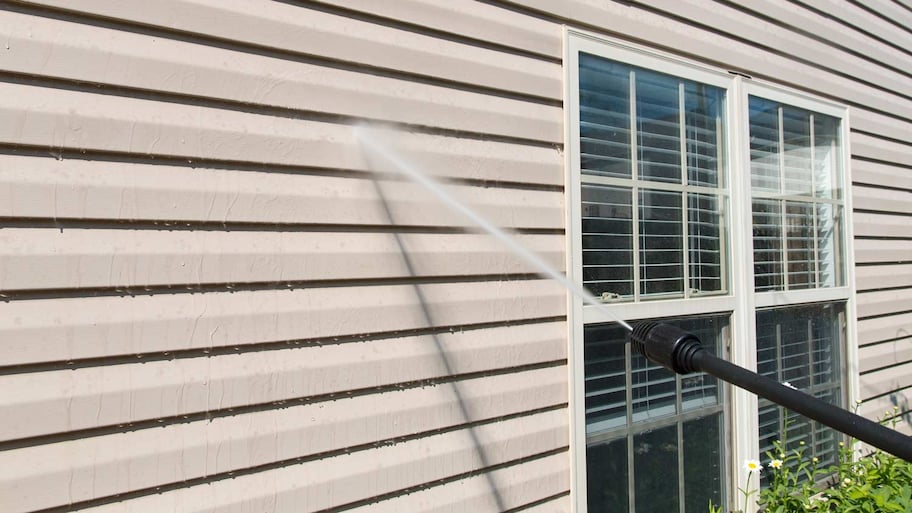Payroll administration is an essential business function that involves collecting, calculating, and disbursing employee compensation. It requires a high degree of accuracy and compliance with local employment laws. In addition to preparing checks, payroll professionals must keep track of working hours and overtime.
They must ensure that statutory deductions like EPF, TDS, and ESI are deducted correctly and filed at regular intervals. In case of any errors, they must make sure that these are rectified immediately. Contact Florida PEO for professional help.
Payroll administration is a vital function of any business, but it can also be time-consuming. It requires meticulous record keeping, and even small errors can have costly consequences. Fortunately, there are many tools and resources available to streamline the process. These tools can also help you improve employee engagement and retention. For example, payroll software can track employee work hours and alert managers when employees are nearing milestones, such as reviews or bonuses. This allows them to recognize employees appropriately and increase employee morale.
Depending on your organization’s size, you may prefer to outsource payroll management services or keep it in-house. However, it is important to ensure that your payroll administrator is well-trained and knowledgeable about local governing laws and compliance requirements. Moreover, you should look for an administrator who understands your company’s culture and is familiar with your employees.
To perform a payroll, you must keep a detailed record of your employees’ time and attendance, as well as any overtime that may have been worked. You will also need to know whether your employees are paid on a salaried basis or hourly rate. Keeping this information in a spreadsheet will allow you to calculate employee wages and deductions for each pay period. This will also help you make sure that your employees are getting the correct amount of tax deductions.
You will also need to track the number of leave days taken by your employees, as well as any additional expenses that have been incurred. These can include commuting costs, lunch breaks, and overtime. Keeping this information in a spreadsheet or database will allow you to keep a close eye on your payroll expenses and identify any problems before they become serious.
In addition to the standard reports, a payroll administrator will also be required to run error reports. These reports are a crucial tool for maintaining payroll accuracy, and they can help you catch any mistakes that might have occurred during the processing of paychecks. This will save you time and money, as well as improve your company’s reputation. In the long run, it will also help your employees trust you and will encourage them to come to you with any issues.
Keeping track of working hours
Keeping track of working hours is one of the primary duties of payroll administrators. This involves calculating and processing employee wages, withholding taxes, and recording employee deductions. Payroll professionals must ensure that these deductions are made accurately according to local governing laws and company policies. If they fail to do so, the company could face penalties and monetary fines. Moreover, they must maintain records of these processes and file them as required by law. This includes involuntary deduction reports, voluntary deductions reports, tax filing reports, and payment logs.
Besides calculating and processing employee wages, keeping track of working hours in payroll administration also includes monitoring overtime and compensating employees for extra work. This process can be time-consuming and labor-intensive, especially for larger companies. However, it is essential for a company’s financial health and compliance with government regulations. The good news is that there are many tools available to make the job less tedious, including spreadsheets and free software.
A payroll administrator’s main responsibility is to ensure that all employees are paid the correct amount on time. This can be done through various channels, such as direct account transfer, cheque, or cash. Payroll professionals must have excellent verbal and written communication skills and deep knowledge of employee and wage rules. They must also be able to handle complex calculations.
In addition to keeping track of working hours in payroll administration, these professionals are responsible for preparing pay stubs and generating employee W-2 forms. They also must ensure that all taxes are deducted correctly. In some cases, they may even have to negotiate with the IRS regarding taxes.
If you’re interested in becoming a payroll administrator, you should consider earning an associate degree in accounting or finance. You should also obtain industry certification in payroll and a strong understanding of regional taxation laws. If you’re unsure about your qualifications, consider taking on an entry-level position in the field as a payroll or timekeeping clerk.
Whether you choose to use a physical time clock or an app, it is important to keep your employees on track. The more accurate your records are, the better your business will perform. Using an app to keep track of your employees’ hours can also save you from paying unnecessary overtime.
Keeping track of overtime
Payroll administration is one of the most important aspects of running a business. It encompasses everything from verifying hours worked to making sure that taxes are deducted properly. It also involves making sure that company payroll policies adhere to employment laws, and dealing with any issues that arise. It is a complex task and requires a combination of computer skills, mathematical aptitude, and human resources skills. The 2017 Robert Half Salary Guide lists payroll professionals as one of the hot jobs this year, which reflects the need for more people to fill these positions.
The first step in effective payroll management is to set up a system for tracking overtime. This includes determining whether your employees are paid on a salary or hourly basis, which will determine how you calculate their overtime pay. You should also determine if your employees receive bonuses or tips, which should be included in your overtime calculations. You should also consider your company’s collective labor agreement and any local or state regulations that may apply to overtime payments.
Keeping track of overtime is a crucial part of payroll administration and can save your business a lot of money in the long run. Using a time tracking tool like Connecteam can help you avoid costly errors and keep track of your employees’ break patterns. It can also reduce your overhead costs by eliminating the need for manual payroll calculations.
Another crucial aspect of payroll administration is ensuring that your employees get paid on time. Delays or errors in payment can lead to employee dissatisfaction and frustration, so it’s essential to have a seamless payroll process. This can be done by following a defined procedure and storing all the necessary documents in an organized manner.
While a bachelor’s degree is usually required for most payroll jobs, it’s not impossible to find positions with a high school diploma and industry certifications. Depending on the size of your business, you can also choose to outsource your payroll to a professional service provider. The benefits of outsourcing are numerous, including cost savings and a high level of security.
Keeping track of expenses
Payroll administration is an important function within a business. Its duties include issuing payments, ensuring tax compliance, and keeping track of employee expenses and deductions. Depending on the size of the business, payroll administrators may be responsible for several departments or may work in conjunction with other finance professionals. They must be knowledgeable of local governing laws and have experience handling complex accounting procedures. They also need to be familiar with HR management, and may supervise junior staff in their department.
The first step in the payroll process involves logging the working hours of employees. This information is collected by the payroll staff and then entered into the company’s accounting system. The employees’ pay is then calculated based on the number of hours they have worked. Payroll administrators need to ensure that all employees are paid correctly and on time, regardless of whether they have worked overtime or not. The administrators must also record any changes to the payroll system, such as new hires or terminations.
It is essential to keep track of expenses in payroll administration, and this can be done by using an online expense tracking system. This type of software makes it easier for employees to submit their expenses and allows managers to review them. This helps to minimize employee fraud, which is common in small businesses. It can be difficult to manage large amounts of data, but a cloud-based expense management system can organize the data and create curated reports for different stakeholders.
Keeping track of expenses is an important part of payroll processing and is critical for the financial health of any business. This is because it ensures that all the transactions are recorded and accounted for, which in turn leads to transparent financial statements. Moreover, it also helps businesses monitor cash flow effectively. This is especially helpful for small businesses, which may be unable to afford expensive auditing services.
Besides calculating salaries, payroll administrators also need to record all other costs associated with their business. These costs can include rent, utilities, and office supplies. It is also necessary to record payroll taxes, which are the sums of money that employees and employers owe to government agencies.






